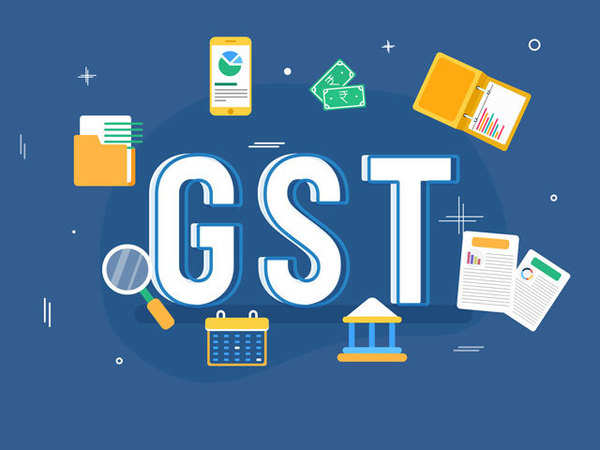2023

Introduction of Goods and Services Tax (GST)
GST is an indirect tax applicable throughout India that replaced multiple cascading taxes levied by the Central and State Governments. A GST Council governs the GST, and Its Chairman is the Finance Minister of India. It is the Government of India’s most significant tax reform in 70 years of Independence; the goods and Services Tax (GST) was implemented on the 1st of July, 2017.
Taxation scheme
A Single GST replaced several existing taxes and levies, which include: central excise duty, services tax, additional customs duty, surcharges, state-level value-added tax and octroi. Other levies applicable to inter-state transportation of goods have also been done away with in the GST regime.
Components of GST:
The three applicable taxes under GST are CGST, SGST & IGST:
- CGST is levied on the intra-state supply of goods and services, and the Central Government collects it. (e.g., Within Chandigarh)
- SGST is levied on the intra-state supply of goods and services, which the State Government collects. (e.g., Within Chandigarh)
- IGST is levied on the inter-state supply of goods and services, which the Central Government collects. (e.g., Chandigarh to Punjab)
Advantages of GST:
- One nation, one tax
- Reduction in compliance costs
- Ease of doing business
- Remove cascading effect
- Benefit of threshold limit(in case of intra-state supply)
Levy
The GST is levied on all transactions, such as the sale, transfer, purchase, barter, lease, or import of goods and/or services. India adopted a dual GST model, meaning that taxation is administered by both The Union and State Governments. Transactions made within a single state will be levied with Central GST (CGST) by the Central Government and State GST (SGST) by the Government of that State. The Central Government levies an Integrated GST (IGST) for inter-state transactions and imported goods or services. GST is a consumption-based tax. Therefore, taxes are paid to the state where the goods or services are consumed, not to the states where they were produced. Under the previous system, a state would have to only deal with a single Government to collect tax revenue.
Rates
The Main GST Rates for any regular taxpayers are divided into four slabs: they are presently at 0%(nil-rated), 5%, 12%, 18% & 28%.
Also, the composition taxable persons are required to pay GST at lower or nominal rates, such as 1%,5% &6% on their turnover.
Effects and impacts The introduction of the GST increased the cost of many consumer goods and services in India, including Food, Hotel Charges, Insurance, Cinema tickets, etc.
Check-posts across the Country were abolished, ensuring the free and fast movement of goods.
The Central Government levied GST on five Petro-products i.e., petroleum crude oil, high-speed diesel, motor spirit (commonly known as petrol), natural gas, and aviation turbine fuel. The provisions above shall apply from the date recommended by the GST Council.
The above-defined details change from time to time, so before making any final decision, you may contact Singla Pawan Associates.